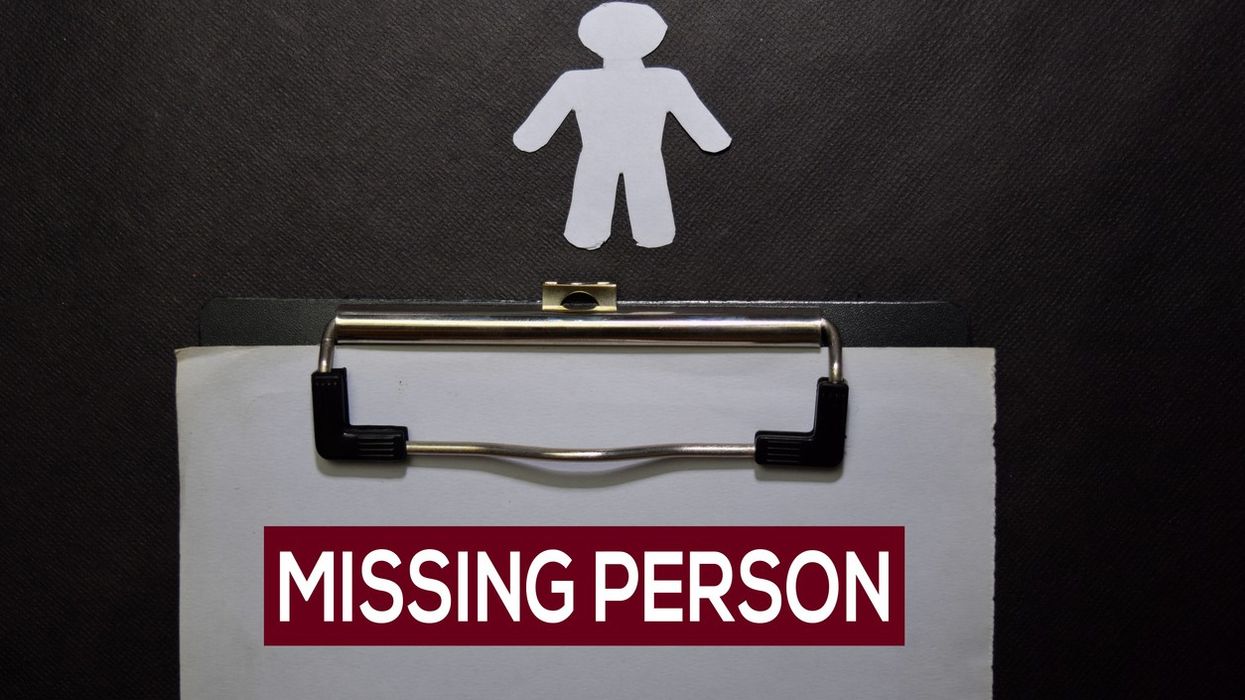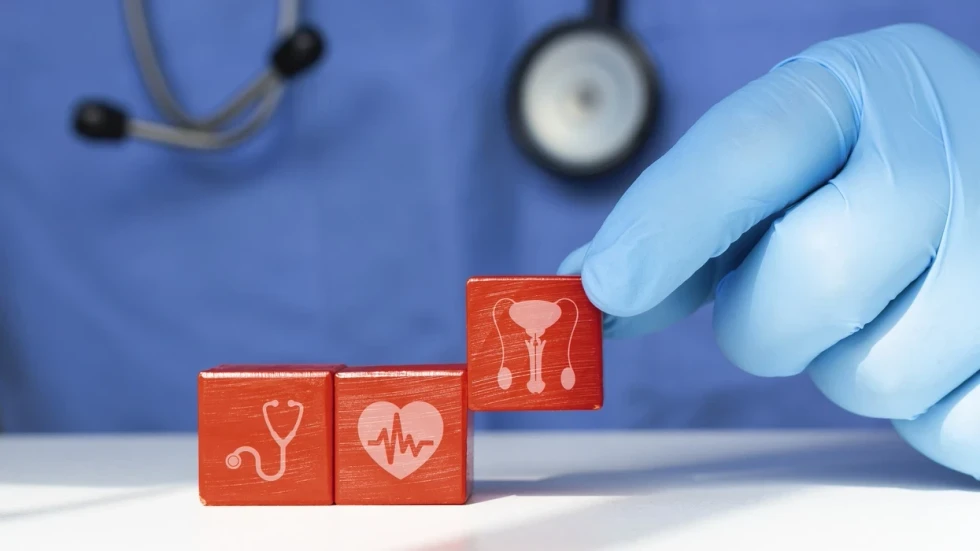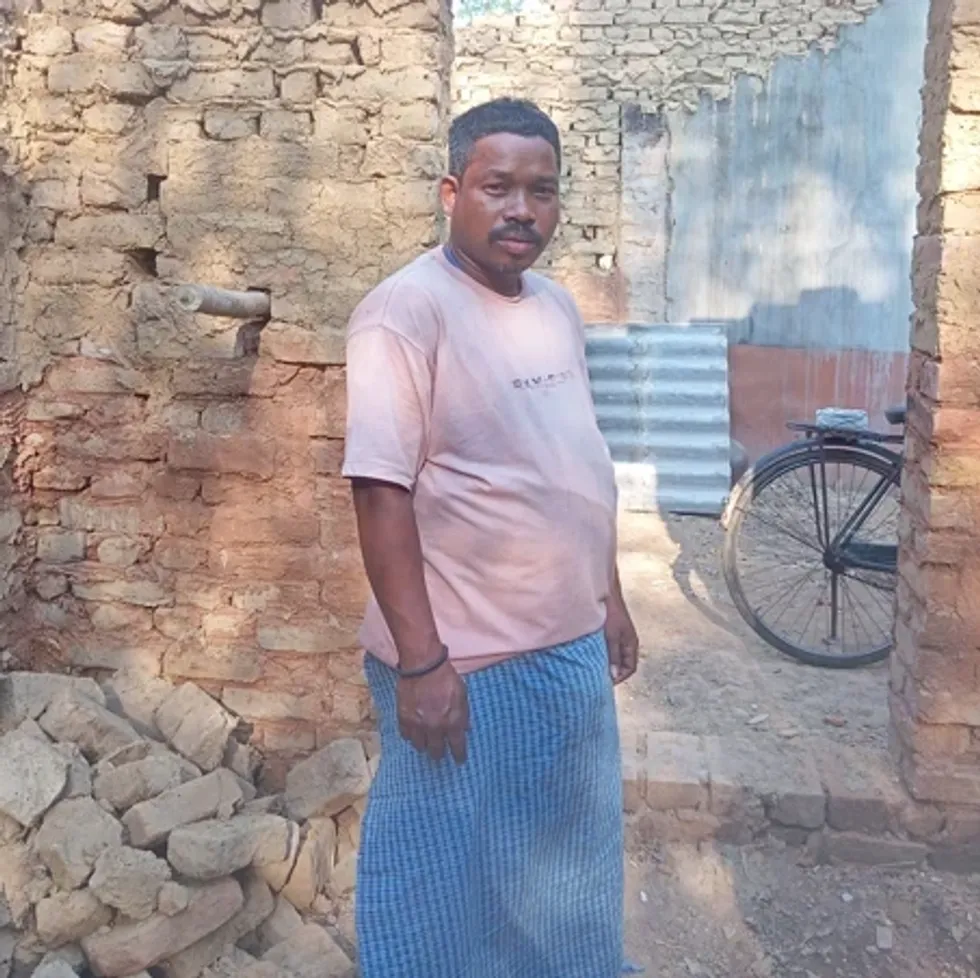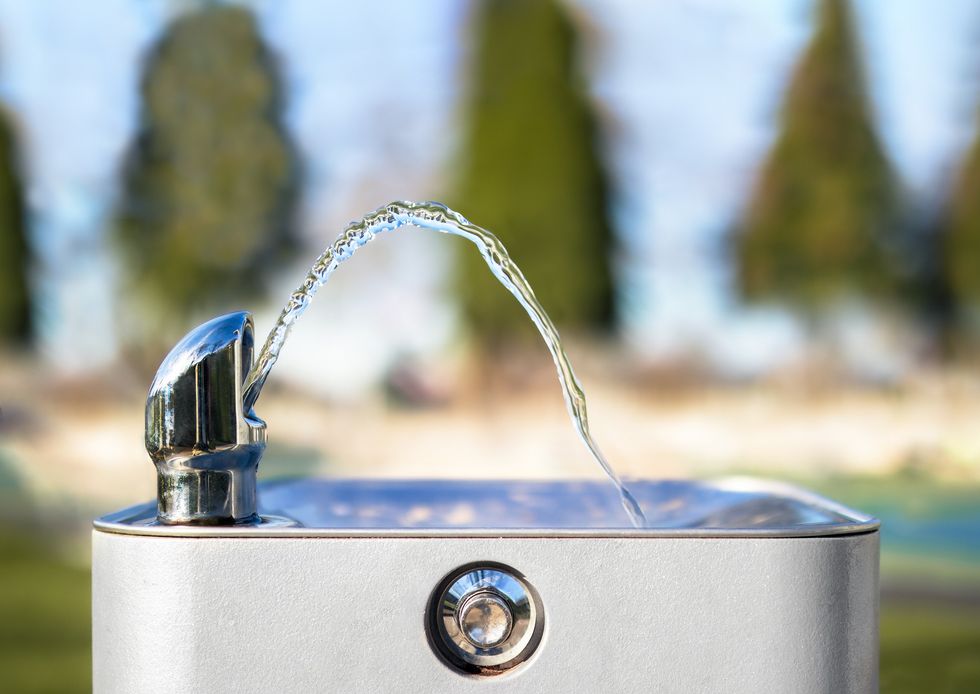The pelvic floor muscles play a crucial role in daily activities. They provide support to the bladder, urethra, rectum, anus, prostate, uterus, cervix, vagina, and intestines.
Experts inform that these muscles also affect sexual health, including sexual arousal and orgasm. Additionally, they aid in stabilising the hips and trunk during walking and standing.
As women age and after giving birth, various health issues may arise, including pelvic floor dysfunction. According to Nidhi Sharma, a nutritionist “1 out of 3 women faces this problem and it gets worse with age,” the solution, however, appears to be achievable and within reach through strengthening the pelvic region and core, she said.
Taking to her Instagram account, the nutritionist writes, “Do you pee or have pain while jumping? Research shows that women, who have given natural birth deal with leakage of urine due to pelvic floor dysfunction. First, let’s understand that though it’s common having such conditions, it is not something to be ignored. The issue gets worse with age. So, it’s better to acknowledge it and start taking steps to improve.”
Causes
The site Beaumont explains that the main factors that lead to pelvic floor dysfunction are pregnancy, obesity, and menopause. Some women may also have a genetic disposition to this issue, with weaker connective tissue and fascia from birth.
Additionally, postpartum pelvic floor dysfunction is only experienced by women who have given birth. Pregnancy and its impact on the pelvic floor are reportedly the cause of this dysfunction, regardless of the delivery method – whether by c-section or vaginal delivery.
However, pelvic floor dysfunction can be caused by various factors besides pregnancy and childbirth, including aging, menopause, surgery, frequent heavy lifting, prolonged sitting, sexual abuse, and any condition that exerts pressure on the abdomen, such as obesity, a previous report in Healthline informs.
Other contributing factors to pelvic floor disorders (PFD) include certain habits, symptoms, or medical conditions, such as endometriosis, irritable bowel syndrome, interstitial cystitis, which is a type of bladder pain syndrome, and repeated patterns of avoiding or limiting bowel movements.
Signs & symptoms
Signs of pelvic floor dysfunction according to experts include:
• A sensation of pressure or fullness in the pelvic area
• Frequent or painful urination
• Urinary leakage
• Incontinence
• Lower back pain
• Constipation, trouble with bowel movements, or bowel leakage
• Difficulty in fully emptying the bladder
• Pain during sexual intercourse
• Pain in the pelvic area or genital region
• Muscle spasms in the pelvic area
Sharma emphasises the importance of pelvic floor and core exercises, which include:
• Simple pelvic floor exercises such as Kegels, glute bridges, squats, and holding in the urge to urinate, while focusing on breathing and engaging core muscles.
• A few weeks after postpartum, with doctor approval, basic core exercises like reverse plank, bird-dog, dead bug, and superman can be performed.
• It’s worth mentioning that excess weight puts additional pressure on pelvic muscles, so it’s important to maintain a healthy weight through a balanced diet and regular exercise, Sharma said.
Speaking about the importance of being consistent with these exercises Dr Shobha Gupta, medical director, and IVF specialist, at Mother’s Lap IVF Centre, New Delhi, and Vrindavan, India, told The Indian Express, for beginners, it’s recommended to schedule five or six sessions daily while learning the exercises.
“It’s important to do these workouts properly. To ensure you are performing them correctly, see your doctor, physiotherapist for pelvic health, or continence advisor. Three workouts a day are sufficient after you fully grasp the exercises’ mechanics,” she said.






 Post-surgery, Arjun experienced a significant improvement in his physical health /Lepra
Post-surgery, Arjun experienced a significant improvement in his physical health /Lepra







 Firoza and Rupali
Firoza and Rupali

